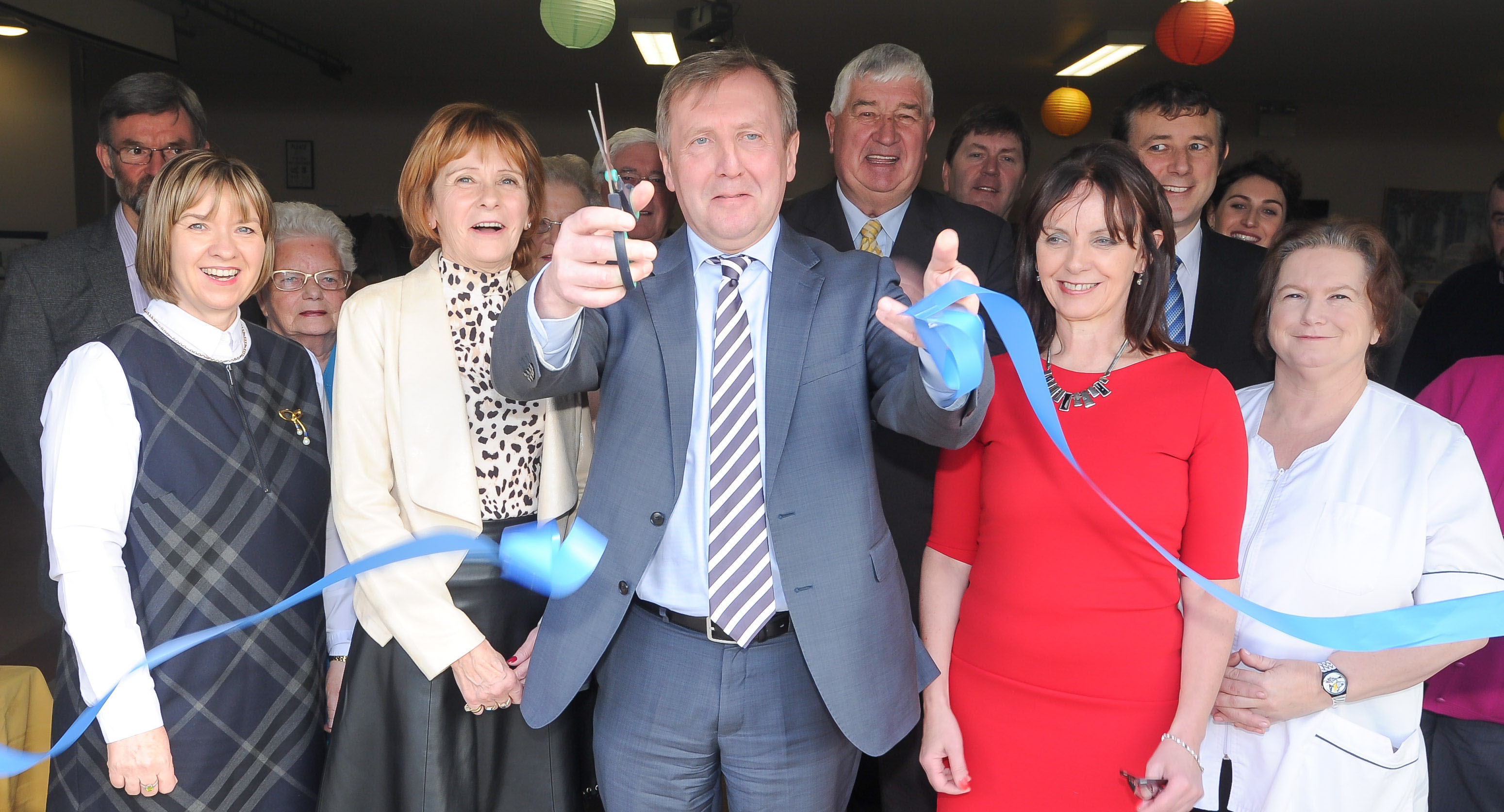15 February 2019
By Bryan Smyth
bryan@TheCork.ie
Farm FinancesBecause every farmer is different there’s no catch all solution for saving on tax. However, there’s a long list of tax-saving tips that can reduce taxable income. Farmers should use every available tip because over-looked tax deductions are wasted opportunities.
Brian Denn partner at Ifac’s Cork office has compiled a list of the 20 best tax deductions and tips for 2019.
Stamp Duty and Land
Stamp duty is a tax charged on the transfer of property. In general the only factor affecting the amount of stamp duty charged is the value of the property/land. The transfer of livestock, machinery and basic payment entitlements are not subject to stamp duty. The rate of stamp duty applicable to residential property is 1% on the first €1m, and 2% on the excess over €1m. Stamp duty on non-residential property is 6%.
- Blood relative relief: Stamp duty relief has been enhanced so that any transfer of farm assets between blood relatives is subject to 1% stamp duty instead of the new 6%. Age restrictions on this relief have been removed. Other conditions still remain and should be reviewed before any transfers takes place.
- Young trained farmer relief: This exemption from stamp duty is to encourage the transfer of farm-land to a new generation of farmers with relevant qualifications. The transfer may be by way of a gift or sale. It applies where the young trained farmer is under 35 at date of the transfer. Young trained farmers must have the relevant agricultural qualifications or must acquire the qualifications within four years from the date of execution of the transfer instrument. The young trained farmer must spend 50% of their time farming the land to qualify. The exemption is extended to 31 December 2021 but with onerous conditions from 1 January 2019 including the relief is aggregated with young trained farmers stock relief and in total the maximum relief is limited to €70000. In addition, it is limited to a start-up / transfer and a business plan must be submitted.
Value-Added Tax (VAT)
Farmers and farming companies do not have to register for VAT, irrespective of turnover. Farmers are entitled to apply a flat-rate addition of VAT (5.4%) to their prices when supplying agricultural produce or services to VAT registered customers. Flat-rate farmers are also entitled to reclaim VAT on certain capital expenditure.
- Capital expenditure VAT refund: Farmers who are not registered for VAT can get a refund on the VAT element of any invoices relating to capital expenditure, for example land improvement, yards, fencing, drainage or buildings and fixed equipment, such as milking parlours, scrapers, bulk tanks, etc (repairs are not covered). You can claim VAT back on items purchased in the last four years.
Capital Gains Tax
If a farmer disposes of certain assets such as land, buildings, quotas, shares or entitlements, he or she may be liable to capital gains tax. The farmer must file a return for any 2018 gains or losses by the return filling date in 2019.
- Transfer of a site to a child: A site of up to one acre and up to a value of €500,000 can be made free from capital gains tax. It must be for the construction of the son or daughter’s principal private residence. If the house is not built and the site is disposed of or the house is not built, the relief can be clawed back. Beware of the value of the site as this will reduce the threshold for gift tax.
- Entrepreneur Relief: Entrepreneur relief reduces the standard rate of capital gains tax from 33% to 10% for qualifying gains. The value of this relief can be up to €230,000. You can claim entrepreneur relief if you sell all or part of a farm business. It applies on gains up to €1m. Entrepreneur relief does not apply to investments or development land.
- Retirement Relief: This relief is available to farmers over the age of 55. The farmer does not need to be retired to avail of it. The farmer must have owned and farmed the land for 10 consecutive years prior to transfer or prior to entering into a letting/leasing agreement. There are two main versions. Within the family, farmers can transfer/dispose of chargeable business assets.
Provided certain conditions are met, no capital gains tax will apply. If you are over 66, a limit of €3m applies. For nonfamily transfers, or transfers to unrelated parties, a farmer can transfer/dispose of assets up to €750,000 and have no liability. If you are over 66, the limit is reduced to €500,000.
- Restructuring Relief: If you acquire and dispose of agricultural land within 18 months of the earlier transaction, a capital gains tax relief applies. The sale, purchase, swap must be between farmers who spend no less than 50% of their time farming.
Gift Tax
Gift tax applies to a lifetime transfer. Inheritance tax applies to a transfer on death. Where the valuation date is between 1 January and 31 August, the CAT Payment date is between 1 September and 31 January, the CAT payment date is between 1 September and 31 October in the following year.
- Annual exempt amount: A farmer can receive by way of a gift an amount of €3,000 from any person in a calendar year without affecting his or her threshold. No gift or inheritance tax applies between spouses.
- Agricultural Relief: This relief reduces the value of the asset you are receiving by go%. If you receive €2m of agricultural property you will only be taxed on €200,000, ie 10% of its value. Ensure you meet the conditions to qualify for this relief. Beware clawback of the relief if you fail to satisfy the conditions. The recipient must qualify as an active farmer to receive this relief.
- Business relief: If you do not qualify for agricultural relief, business relief may be available. It applies to the transfer of a business or part of a business. It does not apply to an individual asset. It reduces the value of the asset by 90%.
- Favourite Niece or Nephew: In certain circumstances, a nephew or niece who has worked on a full-time basis on the farm will be deemed to qualify as your child for the purpose of CAT. If they qualify, they can avail of the CAT Group A threshold.
Income Tax
-
Ensure you are availing of all the credits you are entitled to. These reduce the amount of tax that could otherwise be payable. The table below gives details of the main personal tax credits for 2018 and 2019.
|
|
|
|
|
|
|
|
|
|
|
|
|
|
|
|
|
|
|
|
|
|
|
|
|
|
|
|
|
|
|
|
|
|
|
|
|
|
|
|
|
|
|
|
|
|
|
|
|
|
|
|
|
|
|
|
|
|
|
|
|
|
|
|
|
|
|
|
|
- Local property tax: Ensure you have paid your local property tax so that you do not incur a surcharge on your income tax liability.
- Add backs for motor/ web/ telephone: If you spend money on something that is for both business and private use, you can claim a deduction for part of the expense. This includes items such as phone bills and motor expenses.
- Family Wages: Are your family working on the farm? Where a family member is full-time employed on the farm, they are entitled to the employee tax credit. They can only claim this if they earn a sufficient farm wage that incurs a tax liability. For 2019, this tax credit is €1,650. Therefore, if a single person is an employee with no other earnings, they can earn up to €16,500 before incurring any tax. Furthermore, a child living at home can earn €8,250 with no tax, PRSI or USC. The child must make a commercial contribution to the farm, must be registered as an employee and an annual employer return must be made. Please ensure all wage payments to family and non-family comply with the new PAYE Modernisation rules.
- Forestry: If a farmer has forestry, or is in a forestry partnership, all profits from this – including the premiums and timber sales – are not liable to income tax. However, they are liable to PRSI and USC. If a grant is received for planting, it is not liable for tax.
- Energy-efficient equipment: This scheme aims to encourage farms to invest in energy saving equipment. Farmers who use the scheme are allowed to write off 100% of the purchase value of qualifying energy efficient equipment against profit in the year of purchase. The equipment must meet the specified energy criteria and be designed to achieve high levels of energy efficiency. They include, electric motors and drives, lighting equipment and systems, building energy management systems, electric and alternative fuel vehicles and equipment, refrigerating and cooling equipment and systems, etc. A full list of the qualifying equipment is available on the SEAi website.
- Investing in personal pensions: Could making a pension contribution reduce your income tax liability? Contribution towards a personal pension are fully tax allowable, subject to certain limits. On maturity, your tax liability will depend on what you decide to do with your fund. If you opt for a straightforward annuity (and assuming you take your 25% tax free lump sum) you will be liable for income tax and USC at the normal rates on the balance of the fund.
Corporation Tax
Where a farmer has changes to a company structure, the following is important to note:
- Ensure you lodge your corporation tax return on time as a late return can result in penalties and loss of reliefs
- Ensure the company pays you a salary. This will enable you to get benefits paid for you by the company such as health insurance, life insurance and club subscriptions. The benefit will be taxed on as salary but will be taxed as a cost to the company
- If you take our the funds yourself and pay it yourself it will cost you more in tax
- Annual small benefit: The company can pay you or any of its employees a one-off voucher of €500 each year tax and PRSI free.
- Rent of land to the company: Review the rental of land to the company. A payment of salary may be a better option.


